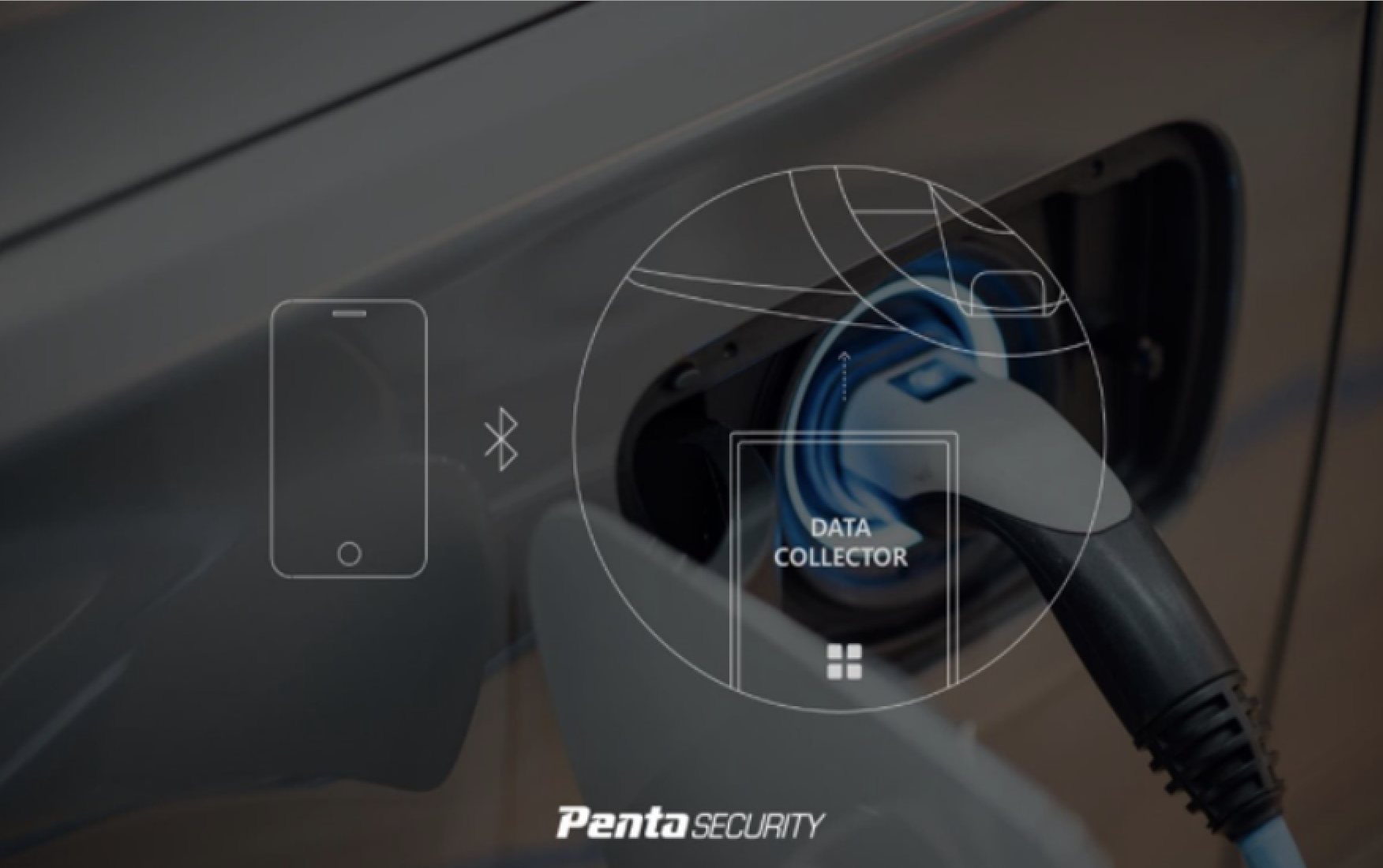Top Blockchain Features and Applications in 2021
Thanks to an increasing public interest in digital assets, virtual assets, and cryptocurrencies across the world, more and more people are getting their foot in the door in the blockchain industry whether it’s through investments or career paths. In this blog, we’re going to find out the reasons behind this massive attraction that’s been going on for years.
Firstly, blockchain technology provides high-level security through processing and encryption technology. Blockchain is essentially based on encryption technology and high-level security can be maintained through distributed processing of data. It makes it possible to fundamentally block potential attacks as well as prevent network participants to arbitrarily distort or alter data.
Secondly, since data cannot be forged or altered, the reliability of the original data can be improved dramatically. Based on this feature, blockchain technology can be utilized in various public institutions as well as private sectors where data integrity is crucial, and it’s playing a bigger role in building a trusted society nowadays.
Lastly, decentralization enables tangible and intangible value transactions possible without any sort of intermediaries involved. It’s also cost-effective as it’s possible to omit several processes required by a third party by utilizing the blockchain platform. In addition, the feature is expected to be used in different fields as transaction contracts can be executed without an intermediary via smart contracts.
Blockchain technology has various features apart from allowing the existence of digital assets such as Bitcoin and Ethereum. So in this blog, we’ll take a look at those features and real-life applications of the technology.
1. Data Sharing Platform
The most prominent feature of blockchain is data sharing. Effective and safe data collection and utilization can only be achieved based on the security and transparency of the technology. Recently, the mobility industry is paying much more attention to emerging technologies (including blockchain) that store and utilize data from electric vehicles and autonomous vehicles on a blockchain network.
Battery, one of the key components of electric vehicles, and its real-time status update is considered to be the most important data for building and operating an electric vehicle. It can be used in various ways by detecting abnormalities in advance through data generated during battery charging and discharging processes, and through analyzing temperature, driving environment, as well as driving habits. As this process is executed on a blockchain that safely stores and manages data, users can manage data more efficiently and maintain data integrity more easily.
Sejong City in South Korea is carrying out a city business to build an autonomous driving big data system based on a blockchain. This project aimed to implement an infrastructure that manages and processes all data generated from autonomous vehicles and transportation systems with blockchain technology. In particular, autonomous driving requires effective management and security of data as it’s generated whilst driving and communicated through various transportation infrastructures at the same time.

2. NFT (Non-Fungible Token)
Grimes, a Canadian musician (also known as Elon Musk’s wife), has recently sold her digital painting for USD 5.8 million with NFT, in just 20 minutes into an auction. NFT stands for a non-fungible token, a unit of data on a digital ledger (blockchain), where each NFT represents a unique digital item or file. For example, if a graphic image file is stored on a blockchain (which makes it impossible to be forged), this becomes an NFT. You can trade ownership of this NFT as digital assets or distribute it as a license.
It’s gaining more attention since it’s possible to trade NFTs as digital assets when trading pieces of artwork, game items, or rare collections. The original item can be viewed and accessed by anyone online, however, at the end of the day, the ownership belongs to the most successful NFT bidder.
Jack Dorsey recently started a conversation mentioning the first tweet he had written back in 2006, and this tweet (NFT) was sold for USD 2.9 million dollars. Also, on the platform ‘NBA Top Shot’ where short videos of NBA players are sold, the highlight video of a star player LeBron James was sold at USD 208k dollars. But just like any other assets, there are certain things like intellectual property rights and permanent preservation of original content/files that remain as challenges to be solved in the near future.

3. A Reliable Distribution Network
Manufacturing and distribution process reliability and the ability to distinguish between genuine and counterfeit products can be important factors that determine the success or failure of a business. Various technologies and strategies have been developed to effectively solve these issues, and blockchain technology is one of the most practical technologies that the distribution industry is paying much attention to.
For example, IBM’s blockchain platform and projects conducted by the French distribution company Carrefour allowed the entire distribution process of specific food categories such as chicken, egg, and salmon to be uploaded to the blockchain. Consumers were then able to check the country of origin and its distribution information by scanning a QR code. This includes transportation data, ingredients, freshness, halal certifications, and temperature data. It’s an example of actively utilizing the feature of blockchain as no one can arbitrarily manipulate data and everyone can check the information anytime.
LVMH also utilizes blockchain to track and transparently record the product distribution process so that their luxury goods can be distinguished from counterfeit products. On this platform, Louis Vuitton, Dior, and Bulgari products are registered and their distribution history is recorded and managed safely. In addition to these examples, smart contract-based insurance contracts, identity verification based on the transparency and security of the blockchain, DID (Decentralized Identifier), etc. are the main representative fields that utilize the technology, thanks to the main values such as transparency, security, and decentralization that blockchain technology holds.
Penta Security provides various solutions by utilizing the main features of blockchain – from digital wallet services that secure blockchain-based digital assets, to data sharing platforms. Learn more about these solutions that are developed based on the unique encryption technology here today.
Check out Penta Security’s product lines:
Web Application Firewall: WAPPLES
Database Encryption: D’Amo
Identity and Access Management: ISign+
Car, Energy, Factory, City Solutions: Penta IoT Security
